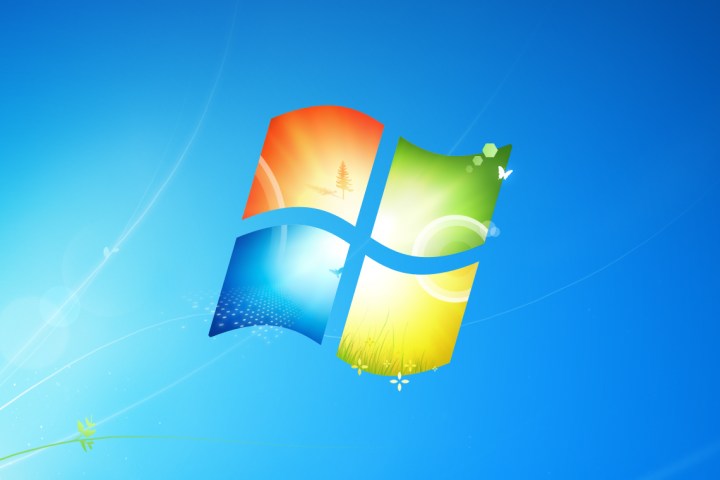
There’s now less than a year left before Microsoft ends extended support for Windows 7. With that deadline approaching, the company has announced its pricing plan for businesses and enterprises that want to pay up and still run the nearly ten-year-old operating system but stay secure with the latest security updates after 2020, according to a report from Petri.
Come January 2020, pricing for Windows 7 Professional support will start at $50 per device, with Windows 10 Enterprise coming in as an additional add-on at a rate of $25 per device. In 2021, the price for Windows 7 Professional support will increase to $100 per device, and the Windows 10 Enterprise add-on coming in at $50 per device. Finally, in 2022, Windows 7 Professional support ends at $200 per device, and Enterprise at $100 per device.
The support rates essentially double over a three-year period, which can quickly add up for tight-budget businesses with multiple computers. Microsoft is likely going with this pricing to encourage businesses to upgrade their systems to Windows 10 and the new Microsoft 365 platform. Still, the job of moving businesses to a newer and much more modern operating system might be tough. Even after paid support for Windows XP ended, it still is powering a small number of PCs across the world.
It is important to note that Microsoft’s extended support plan does not apply to Windows 7 Home. This means that general consumers with a laptop or desktop with Windows 7 will need to considering upgrading to Windows 10 or buying a new device altogether. Without the extended support, PCs running Windows 7 in the year 2020 would be at risk to security vulnerabilities, viruses, and malware.
Windows 7 itself remains very popular, and only by January 2019 did Windows 10 manage to surpass the operating system in market share with an overall 39.2 percent lead. According to that data, Windows 10 has a 45-percent share on all PCs running Windows. Outside of the popularity numbers, Windows 10 offers plenty of value for businesses and consumers. Microsoft updates the operating system twice a year with new features, and it always is subject to the latest security patches. The next version of Windows 10 is currently code-named the April 2019 Update and comes with enhancements which touch up core areas of the operating system.


